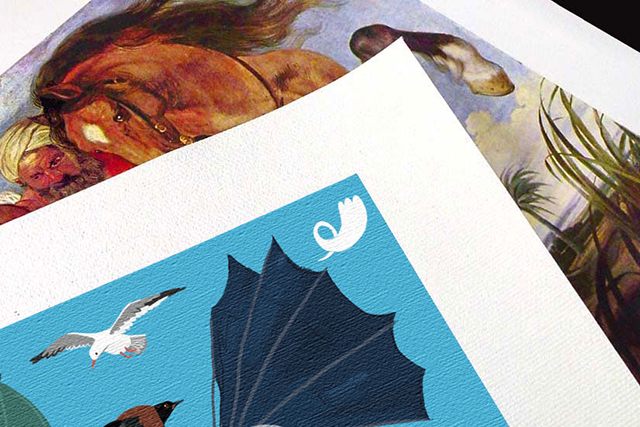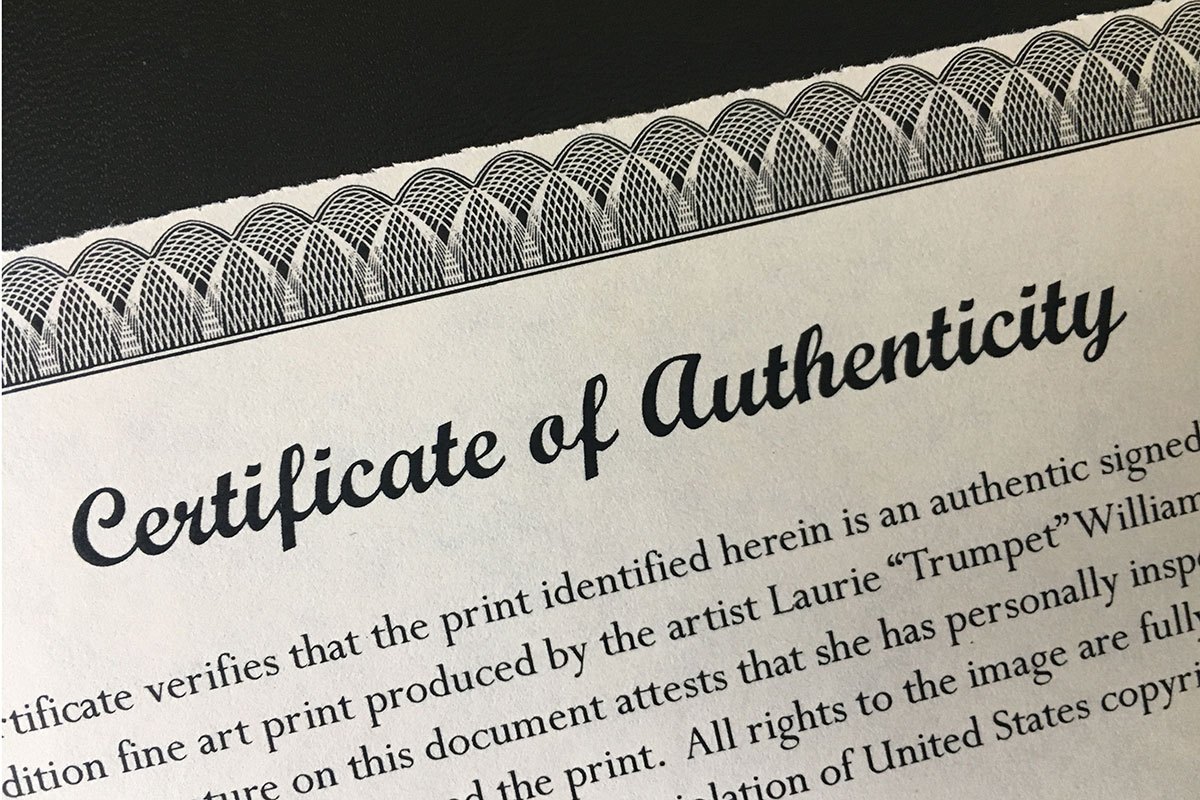- Limited Edition Prints Explained. Art in the Edition
- Limited Editioned Artworks

- 3 August '19


by Alexandra Osadkova
3 August '19Limited Edition Prints Explained. Art in the Edition
When you find an art print or picture that you want to buy, the next step is to examine the artwork's edition info. These details can allow you to recognise the lasting value of your art and may even provide insights into the artist's market.
You can find variant information recorded on Here is what you will need to know.
Techniques such as photography, printmaking, and cast sculpture enable artists to create several versions of the same work. While these artworks aren't unique, they're still considered first artworks--and may be relevant to artists as their one-of-a-kind bits.

The complete number of artworks produced in the variant, so that every individual work will retain its value over time. Printers and artists frequently destroy the substances they use to make these functions --if that be printing plates or photographic negatives--to be sure it is impossible to increase the edition in the future.
When talking a version with a gallery or auction house, you might want to affirm that the art you're buying is from a first edition. In rare circumstances, artists, galleries, or artist estates will opt to expand a limited edition--they will label these following editions as a second edition, third edition, etc. If the publication is made after the artist's death, it is going to be known as a posthumous edition. Since these artworks are further from the artist's original intention, they'll be less valuable when compared to people from the first edition.
Every Art in the Edition Is Identical
Each art in a limited edition should look precisely the same. If one art is significantly different from the rest, then it shouldn't be included in the standard variant.

To differentiate between individual artworks In an edition, artists will tag each piece with another number--and you may often find this amount printed alongside the full edition size (e.g. 1/30 or 30/30). A frequent misconception is that variants are numbered in the order which they're printed. This is rarely true, as artists will often number their functions randomly when they're signing and dating them.
For this reason, the Amount of a Print--if that be 1/30 or 30/30-- don't have any impact on its resale value.
When galleries promote limited editioned artworks for the first time, they frequently offer them in number order. If there's a whole lot of demand for the variant, galleries might choose to raise the purchase price of the remaining works. In these instances, the print numbered 30/30 will be more expensive than the print numbered 1/30--only because it had been the last to be marketed.
When Edition sizes are small, the individual artworks from the variant become more infrequent --and this shortage makes these bits more desirable on the market.

The size of a version can vary considerably based on the physical constraints of the artist's technique in addition to the collector need for the artist's work. By way of instance, etchings made out of printmaking techniques like drypoint or aquatint typically come in tiny editions, because of the fragility of the printmaking process.
Fine Art Prints, photos, or sculptures with Variant sizes that are greater than 200 are usually deemed to be"multiples" or"reproductions," instead of"fine art." When variants are this large, it's practically impossible for the artist to participate in the creation and acceptance of each work--and this space lowers the value of their artworks from the sequence.
Most Limited editions will also have a few artist's proofs, which are often listed as"AP" or"A/P" from the edition information. Other kinds of evidence --such as RTP or BAT proofs (customarily the printer's manual for producing the variant ) or printer's proofs (given to the next master printer working in an edition)--tend to be somewhat less common.

Proofs are also highly desirable if they're somehow unique, like those that feature notes from the artist.
After the range of artist's proofs exceeds this 10% threshold, it can call into question the overall integrity or value of this edition.
When You're making your purchasing decisions, you could always ask the gallery or auction house to supply additional information regarding an artist's edition size. About purchasing limited editioned artworks via Virtosu Fine Art, you may also contact our team of experts at This email address is being protected from spambots. You need JavaScript enabled to view it.

-
Art Advisory Services


